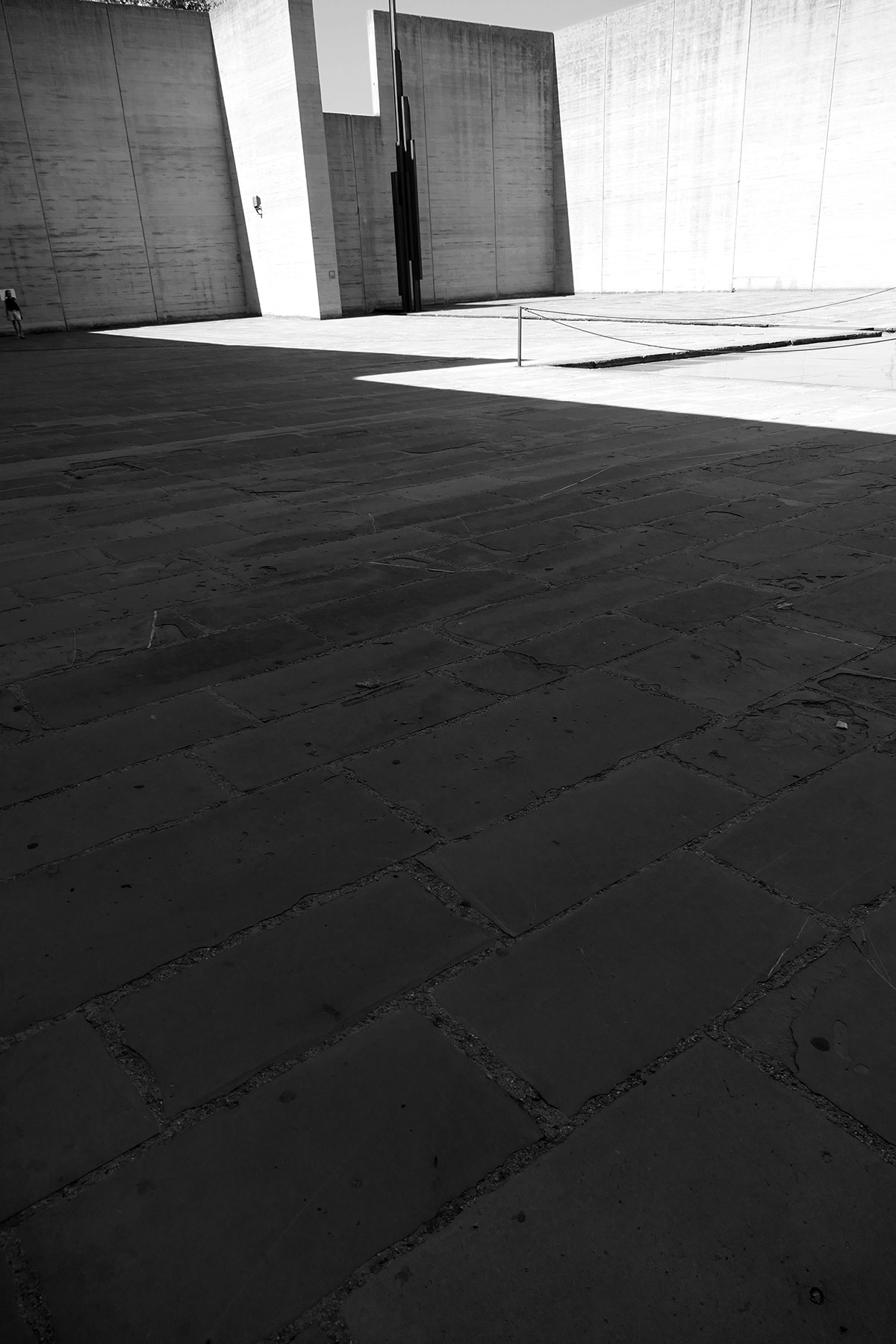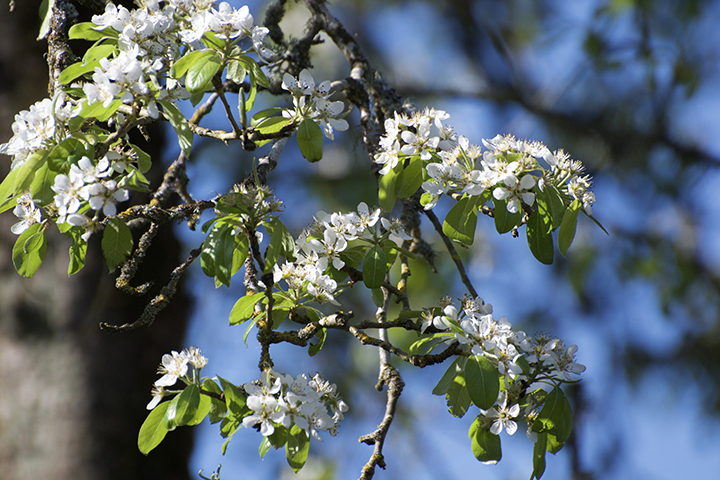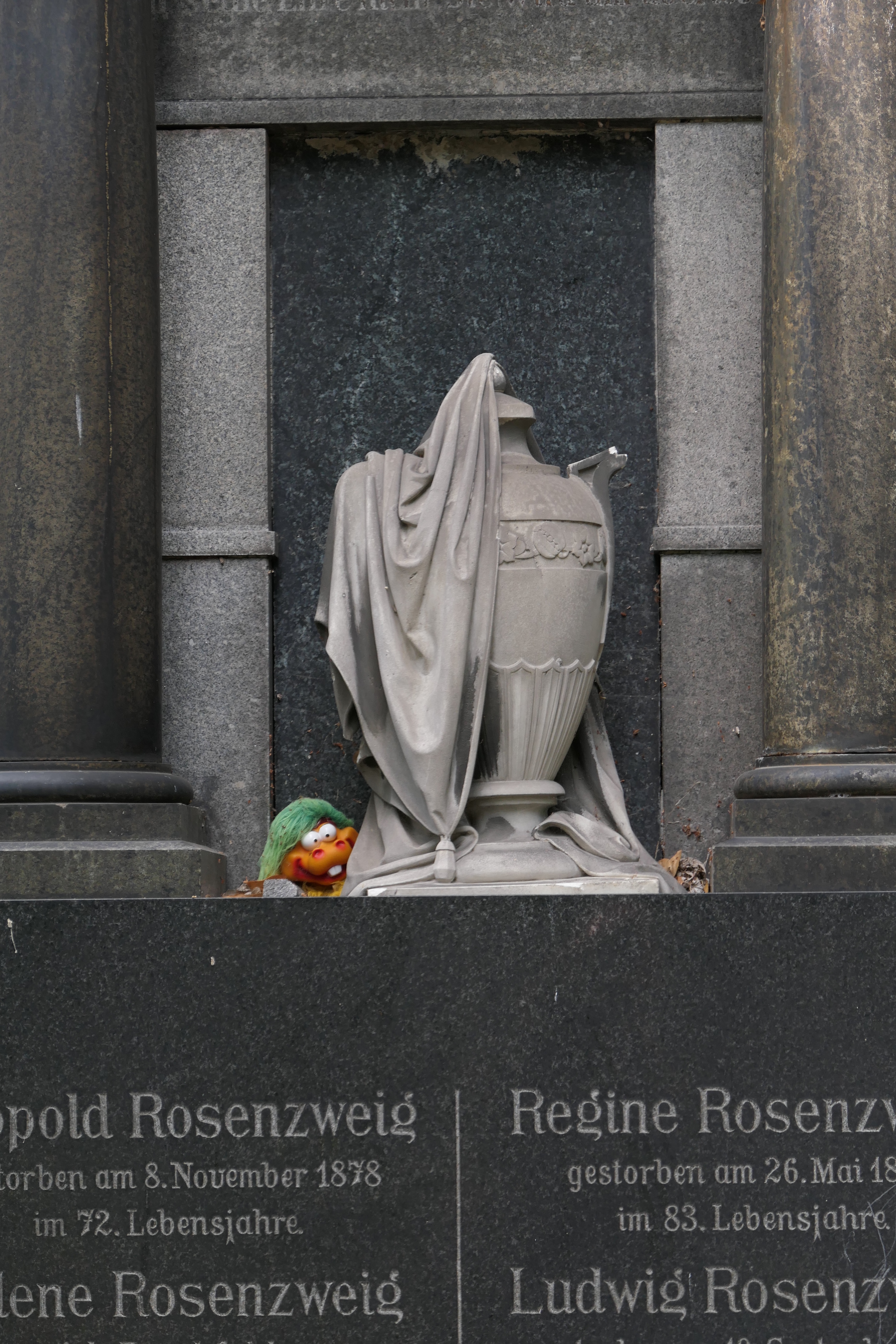Bullypulpit here. Essential reading. Sweetened by the sweetest birds, I believe Wilson warblers, photographed from my window during their fleeting, skipping, hopping, fluttering visit on Saturday. Tired of birds yet? Tired of politics of racism? Granting the former, but we don’t have the luxury of fatigue for the latter. As I said, bullypulpit today.
In a friendlier, pleading voice: please read this short essay by Ibram X. Kendi. It is enlightening, non-belligerent, and so, so timely. (Alternatively, I put the key paragraphs below to get the message in plain view.)


In a nutshell he argues that we see parallels between the American history of slaveholding mentality and the division in approaches to containing the Covid-19 pandemic today. Embedded in some plain teaching about historical facts of our founding fathers and the Civil War is this core insight:
Slaveholders desired a state that wholly secured their individual freedom to enslave, not to mention their freedom to disenfranchise, to exploit, to impoverish, to demean, and to silence and kill the demeaned. The freedom to. The freedom to harm. Which is to say, in coronavirus terms, the freedom to infect.
Slaveholders disavowed a state that secured any form of communal freedom—the freedom of the community from slavery, from disenfranchisement, from exploitation, from poverty, from all the demeaning and silencing and killing. The freedom from. The freedom from harm. Which is to say, in coronavirus terms, the freedom from infection.
From the beginning of the American project, the powerful individual has been battling for his constitutional freedom to harm, and the vulnerable community has been battling for its constitutional freedom from harm. Both freedoms were inscribed into the U.S. Constitution, into the American psyche. The history of the United States, the history of Americans, is the history of reconciling the unreconcilable: individual freedom and community freedom. There is no way to reconcile the enduring psyche of the slaveholder with the enduring psyche of the enslaved.


*
Much has been written about the origins of individualism, the settler mentality, the connection to the belief in the doctrine of exceptionalism and the fact that it is a specifically Western value, so different from the rest of the world which cherishes communal values.
Here is another take that I found quite interesting. New research published six months ago explores a connection between the teachings of the Catholic Church and the rise of individualism, including its specific beliefs in independence, agency and autonomy, starting in the 6th century. In essence there was a church directive to cease intrafamily marriages – to stop marrying your cousins, eventually up to the 6th degree (so not just an incest taboo,) or their widows or adopt their orphans, which changed the traits shared by most people in the world to something different, individualistic, specifically Western.

The research used an enormous range of data to look at correlations between time and intensity spent under the directions of the church, and development of these Western values, including comparisons within one and the same country (Italy) that provided two parts differentially dependent on the church, the industrial North and the poor South. The data “included historical records of church exposure in every nation on Earth, beginning in the first century and ending in 1500 C.E., when European society had become nearly fully Christianized. They also looked at they consulted anthropological data to assign a kinship intensity score to each of the world’s major ethnolinguistic groups. This score was based on historical rates of cousin marriage, polygamy, and other factors. Finally, they drew on dozens of studies that used established psychological measures such as the World Values Survey to determine modern population-level scores for traits such as individualism, creativity, nonconformity, obedience, and ingroup/outgroup trust.”
The large family clans that had been constituted by these family connections guaranteed survival. Growing crops and protecting land required cooperation, and marrying cousins was an easy way to get it. When these kinship systems were broken apart it had enormous consequences, not all good. On the one hand, less dependency and obedience to clans, elders, community did lead to more freedom of choice for the individual, less forced obedience and conformity. Individualistic people working together across family boundaries (and thus with less in-group conformity) formed a precursor civic society that eventually enabled democracy.

The disruption of extended family systems in favor of a nuclear family, however, also meant less security in case of emergencies, famine, disease, with no familial system to fall back on. This is where the church jumped in, corralling the poor in their alms/work houses. Depriving folks of the leadership of their elders left space for the church to take over as authority, requiring obedience, extending influence. The disruption of family ties also led to less land consolidation among the intermarried, from which the church benefited by snatching it up for itself. This was particularly the case during the demise of entire family branches when the lack of succession through adoption was blocked and the estates fell by default to the church.
And, of course, the prime value that we eventually put on individualism weakened the values attached to communal existence.

The interconnection between human psychology, religion, economy and politics never ceases to amaze me. As does our willingness to ignore history and look away from causal factors – like the ongoing effects of slavery or the disadvantages of individualistic societal structuring – when we try to move towards solutions in crises. The worst thing, though, is the fact that so often the price for acting in our self-interest is paid by others, the masses who are granted neither: the freedom for or the freedom from.

And here is freedom-related music – in an old but still unmatched version by Otto Klemperer:

And here is to someone who saw it all early and clearly: Happy 202nd birthday, dear Karl.





























































































